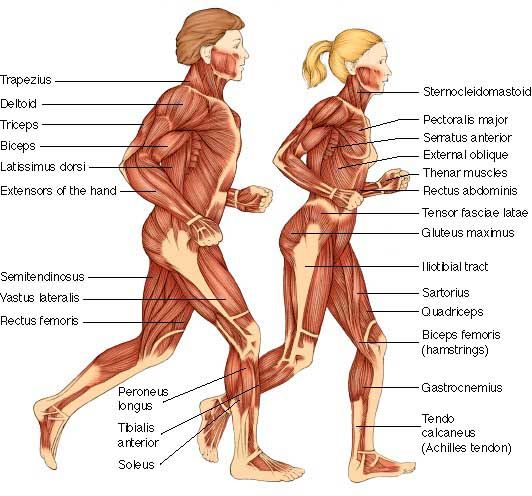New publications
A cure for cancer could stop the aging process
Last reviewed: 01.07.2025

All iLive content is medically reviewed or fact checked to ensure as much factual accuracy as possible.
We have strict sourcing guidelines and only link to reputable media sites, academic research institutions and, whenever possible, medically peer reviewed studies. Note that the numbers in parentheses ([1], [2], etc.) are clickable links to these studies.
If you feel that any of our content is inaccurate, out-of-date, or otherwise questionable, please select it and press Ctrl + Enter.
British scientists have managed to discover a protein responsible for the decline in muscle tone during the aging process. In addition, during an experiment on mice, they managed to slow down this natural process. With the help of a new drug, it is possible to reverse the aging process of the human muscular system.
The drug that achieved such amazing results is currently in development and was originally created to combat malignant tumors. However, experts have discovered that it has the ability to prevent muscle atrophy.
Scientists at King's College London, led by lead author Albert Bason, observed how muscle stem cells repaired damaged tissue by dividing and growing muscle fibres.
Activities that require a certain amount of effort cause minor damage to the muscles, but then everything is restored again, but over time this ability is lost.

Scientists conducted experiments on old mice. During the experiments, they came to the conclusion that the number of inactive stem cells decreases with age. This is due to the excessively high level of the FGF2 protein. In older people, this protein constantly activates inactive stem cells without any need, so the cellular level is gradually depleted and at those moments when the body really needs it, there is too little of it left. As a result, the ability of muscles to recover disappears completely. A drug that can block the destructive effect of the FGF2 protein prevents a decrease in the number of muscle stem cells.
"We are still a long way from preventing or even slowing down the aging of muscle mass in older people. But our study is the first of its kind to shed light on the processes behind muscle atrophy. One day, science will succeed in developing a drug that will give muscles a youthful appearance. If we can do this, we will provide older people with a more mobile life, independent of age-related changes," comments Dr. Basson.

 [
[